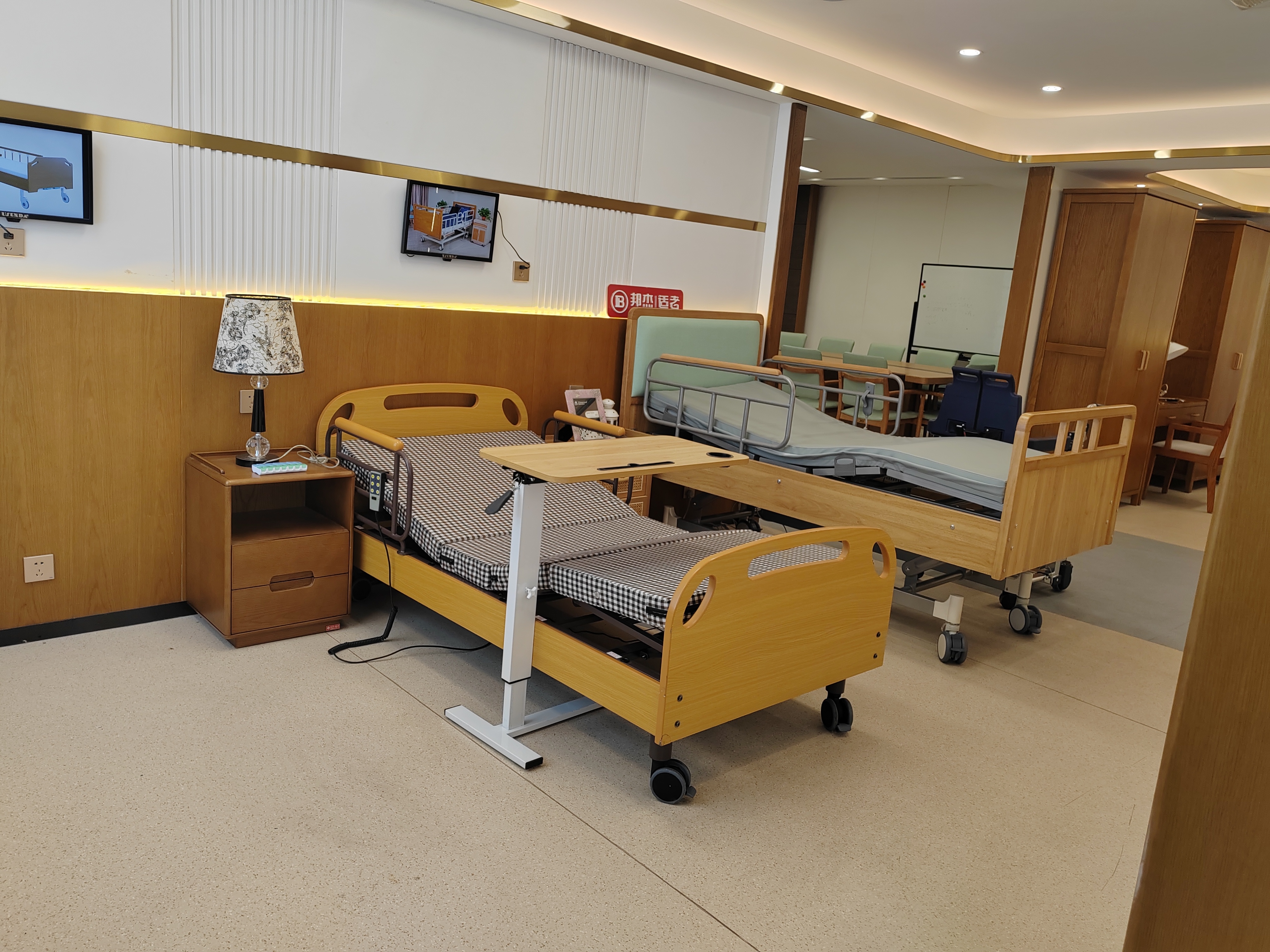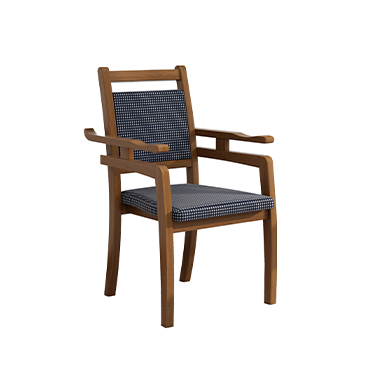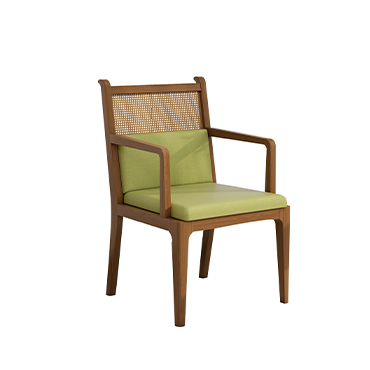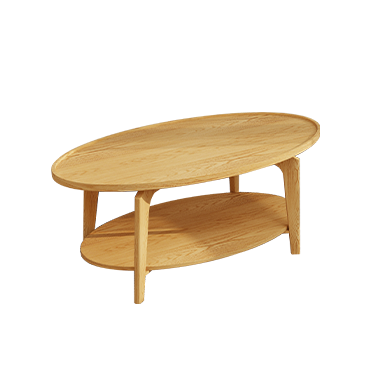How Elderly-Friendly Furniture Differs from Traditional Furniture: A Focus on Safety and Comfort
1.Key Differences Overview
| Aspect | Traditional Furniture | Elderly-Friendly Furniture |
|---|---|---|
| Design Philosophy | Aesthetic & general-purpose | Safety-focused, comfort-enhanced, age-specific |
| Material Choice | Elegant, style-consistent materials | Soft, non-slip, rounded-edge, and skin-friendly |
| Dimensions | Standard height and proportions | Adjusted height for easier sitting, standing, and lying |
| Edge Treatment | Sharp or squared edges | Rounded and chamfered edges to avoid injury |
| Functional Features | Minimal extra features | Lifting aids, anti-slip bases, grip handles, lighting |
| Usability | Style and appearance prioritized | Simplicity, ease-of-use for aging users |
| Smart Integration | Rarely included | Increasingly equipped with sensors, alarms, voice control |

- Design Priorities in Elderly-Friendly Furniture
Safety First:
Slip-resistant bases, sturdy handrails, wide paths, and edge rounding to reduce accident risk.
Comfort Optimization:
Ergonomic backrests, proper seat angles, and pressure-relieving cushions.
User-Friendly Operation:
Large handles, intuitive layouts, high-contrast colors for those with visual decline.
Multi-Functionality:
Integration of elevation, fall alerts, lighting, and health monitoring into the furniture.
- Why Traditional Furniture May Not Suit Elderly Long-Term
Built for average adult height and strength, without regard to reduced mobility or slower reflexes.
Lacks protective features like anti-fall grips or thermal insulation.
Can be too heavy, too high, or too firm for aging users.
Mechanisms may be hard to operate for seniors with arthritis or limited dexterity.
- Trends in Elderly-Friendly Furniture
From Functional to Smart: AI and sensors integrated into beds and seating.
From Medical-Like to Aesthetic: Designs now emphasize warmth and dignity, not just utility.
From Niche to Universal Design: Furniture designed for seniors but also usable across generations.





